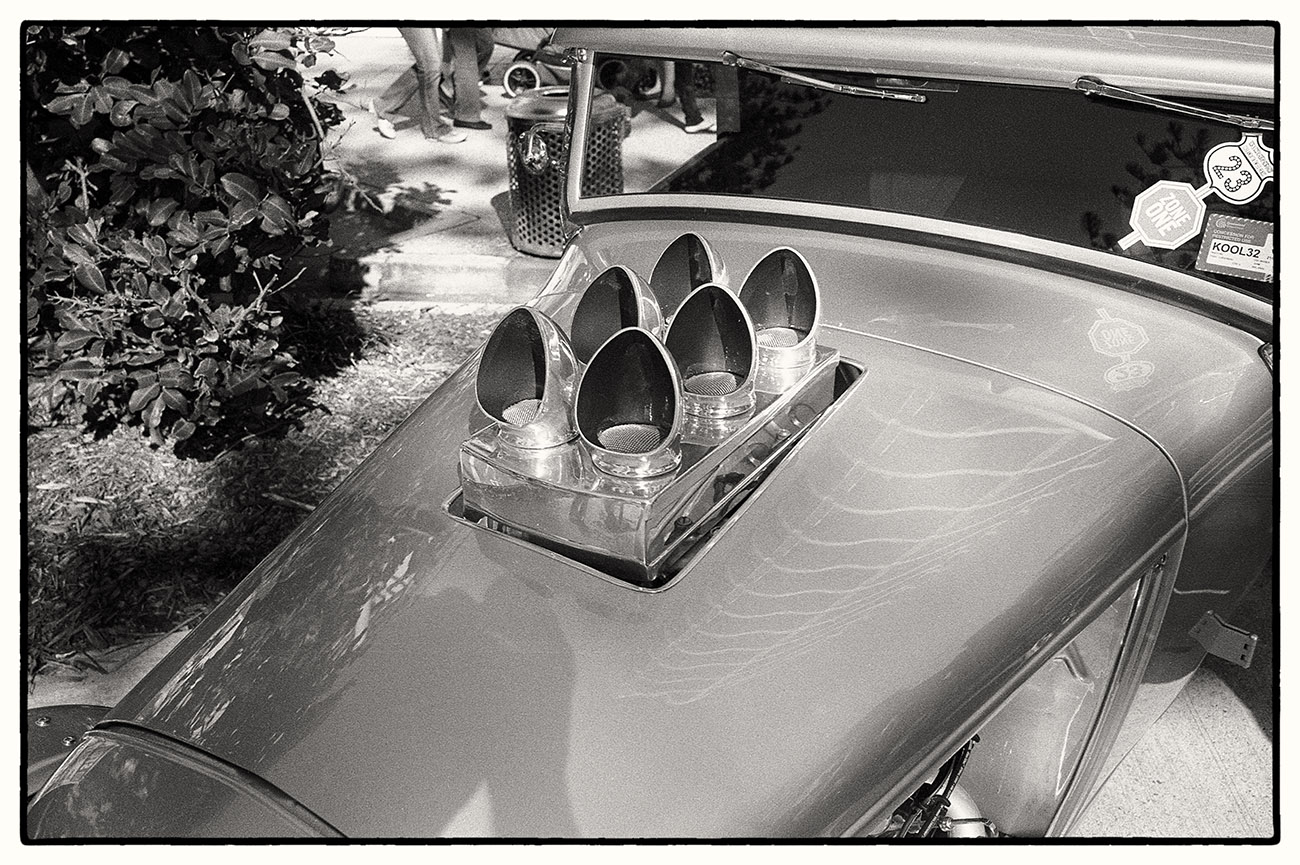Erik van Straten
Veteran
Tmax400 in Perceptol.
I still use both. PMK for typical situations, and Pyrocat-HD when I want to do semi stand or EMA.For many years I used PMK, the last 10 years or so, Pyrocat HD. I appreciate the way staining developers separate the highlights.

Nice photo and really great tones. I'm currently experimenting with Ilfotec HC. Same formula but higher concentration. I'm considering a 1:49 dilution from the syrup to make the maths easy.
Tri-x in Ilford LC29
If that's ok I may try R09 on the fomapan 100.

And at last, stand development . Can this absolutely horrible non-techbique stop being a thing, please?? Can’t understand why this even exists as one theoretical (and bad) way to develop film.

I don't know. I have never tried Lightroom but I am pretty sure I can mess up my photos just fine without it. 😀If you are not planning on printing your negatives but scanning them, how much does the choice of developer actually matter? The flexibility and choices in Lightroom pretty much allow you to create an image to your liking.
It matters insomuch as you want your negatives to fully express as much detail as possible with a full dynamic range of tonal/color values and very little blocked high or low densities. That gives the maximum amount of detail and tonal/color information for a scanner to capture, and for Lightroom (or other image processing app) to work with in rendering.If you are not planning on printing your negatives but scanning them, how much does the choice of developer actually matter? The flexibility and choices in Lightroom pretty much allow you to create an image to your liking.
Stand development has a lot of recurring and easily disproven myths around it (I'm glad people have stopped claiming stand development means you can "shoot at different ISOs on the same roll" - patently nonsense), and it does have various very real issues (such as inconsistent results if temperature isn't tightly controlled through the entire development stage),
I wasted plenty of films trying to learn stand developing. I started with films being destroyed by bromide drag and moved towards negatives that in the best of cases were in no way, shape or form better than standard developing.
Standard developing worked for me from the beginning and with time I got even better at it. So personally I don't see why to recommend stand developing and when others ask my view I tell them not to bother.
This is called a false equation. I never drove an F1 therefore my view in Formula is irrelevant. I have developed quite a few films therefore my view is relevant.That's kind of like saying, I've never won a Formula 1 race, so no one else should try it either.
This is called a false equation. I never drove an F1 therefore my view in Formula is irrelevant. I have developed quite a few films therefore my view is relevant.
I have not seen any side by side comparison between films developed in standard developing and stand developing that shows some sort of benefit. Actually I don't recall reading about stand developing in the pre-internet time.
Stand developing comes with so many shortcomings ranging from the hussle to keep steady temperature over a period of hours and uneven developing to increased grain, bromide drag and loss of accutance. And all these in order to solve problems that are rare and - push come to shove - are just a click on Photoshop.
Nah.. not for me.
Over and out.
Ah, I went through all the stand developing rigamarole 10+ years ago to try to get the best out of it. I understand the theory, and like I said, it has its place, but I've never seen anything - either shot myself or by someone else - where stand development is convincingly better than conventional development. And, if I'm honest... that shot you linked to isn't really helping at all, Chuck. Highlights are still blown out, and the area that should naturally be in shadow looks far too bright for my tastes.
As for bromide drag: I pinned that one down to the agitation regimen used to start the process off. Pouring the Rodinal slowly and agitating much smoother than I would normally seemed to deal with any uneven development, but temp changes were a bigger issue.
I live in an old house, built in the 1840s, with stone walls and no insulation. The results I got from stand developing in the summer were WILDLY different to the results I got in the winter as a result. I could probably invest in equipment to keep the tank at 20ºC for an hour in the winter, but honestly, why bother? It's much easier to keep the developer at 20ºC for eight minutes instead - and when there's little (if any) noticeable difference in the finished product, I'm going to take the eight minute option.

